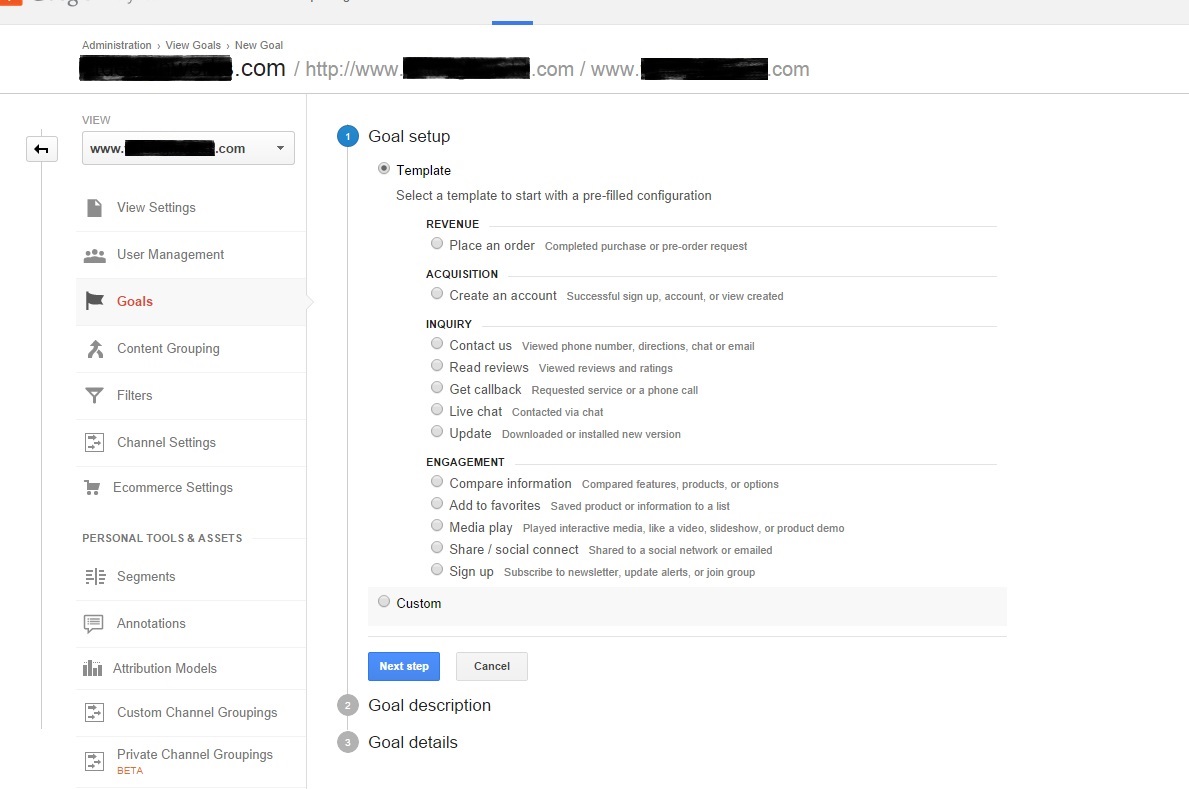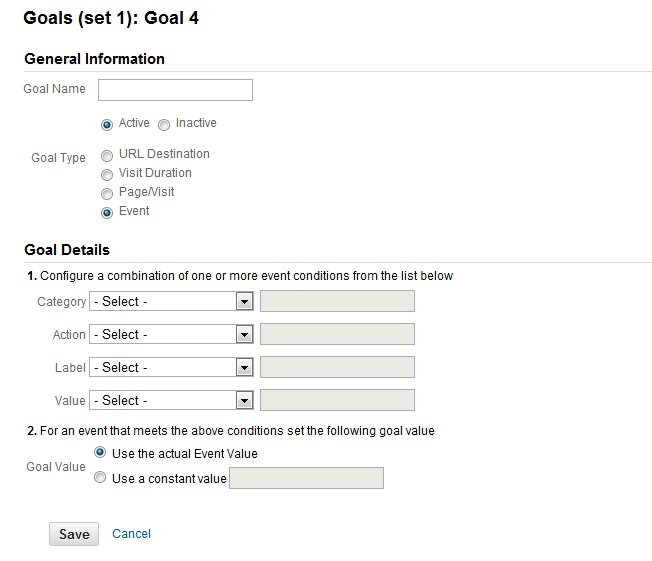Introducing the Blind Attractions: Recognizing What Google Analytics Goals Can not Measure
In the realm of digital analytics, Google Analytics stands as an effective device for monitoring and analyzing online customer interactions. Nonetheless, in the middle of its robust abilities, there exist unseen areas that commonly escape dimension. Comprehending what Google Analytics goals can not gauge is crucial for obtaining a thorough sight of user behavior and engagement. As we delve into the intricacies of these blind spots, we uncover an intricate internet of undiscovered regions that hold important insights right into customer activities and motivations, difficult standard knowledge and dropping light on the constraints of our data-driven understanding.
Customer Habits on External Operatings Systems
Recognizing how users communicate on external systems is essential for enhancing online strategies. Outside systems, such as social networks networks, recommendation websites, and on the internet discussion forums, play a substantial function in driving website traffic to a company's site. By examining user actions on these platforms, companies can gain useful understandings into the effectiveness of their advertising and marketing initiatives and the choices of their target audience.
One trick aspect of user habits on external systems is the referral source. By tracking where the customers are originating from, organizations can recognize which platforms are driving one of the most traffic to their web site. This info can help firms assign their resources better, focusing on the platforms that produce the most effective outcomes.

Offline Conversions and Interactions
Assessing user behavior on outside systems gives useful understandings into online strategies; however, taking into consideration offline conversions and communications is equally crucial for a comprehensive understanding of a business's overall performance. While Google Analytics succeeds at tracking on the internet communications, it drops short in capturing the total consumer journey that usually consists of offline touchpoints. Offline conversions, such as in-store purchases or phone questions, play a substantial function in several services' success. Neglecting these communications can cause an altered sight of the effectiveness of marketing projects and overall organization performance.

Acknowledgment Beyond Last Click
When delving into the world of electronic advertising analytics, it comes to be vital to look past the solitary touchpoint of the last click for a much more extensive understanding of acknowledgment. While Google Analytics supplies important understandings right into customer actions, relying only on last-click attribution can be limiting - what data is google analytics goals unable to track. Acknowledgment models that go beyond the last click use a more nuanced sight of the customer journey, taking into consideration all the touchpoints that cause a conversion
Attribution beyond the last click allows marketers to designate credit rating to various communications along the conversion course, giving a clearer photo of the performance of various marketing networks. By exploring multi-touch attribution models such as linear, time decay, or position-based attribution, businesses can much better allocate their marketing spending plans and maximize their approaches for maximum effect.
Comprehending the impact of each touchpoint in the conversion procedure is essential for making educated choices and making best use of ROI. By accepting acknowledgment past the last click, services can obtain deeper insights right into consumer actions and customize their advertising initiatives a lot more properly.
Cross-Device and Cross-Browser Monitoring

Likewise, cross-browser tracking enhances cross-device tracking by recording user behavior as they switch over between different internet browsers. Comprehending exactly how users connect with websites on various web browsers can assist marketing professionals optimize their online experiences to make sure consistency and capability throughout different systems.
Qualitative Data and Customer Intent
Comprehending user intent with qualitative information analysis is vital for establishing targeted electronic advertising and marketing strategies that reverberate with the demands and preferences of the target market. Qualitative data offers understandings into the 'why' behind customer activities, losing light on motivations, feelings, and choices that measurable data alone can not record. By evaluating user comments, remarks, and interactions, marketing experts can uncover valuable details concerning user intent, permitting them to tailor their messaging, content, and offerings to better line up with what their target market is seeking.
Qualitative data also helps in understanding the context in which users involve with a website or application. This contextual understanding makes it possible for online marketers to create more pertinent and customized experiences, ultimately driving greater involvement and conversion rates. By diving into customer intent with qualitative data evaluation, organizations can acquire a deeper understanding of their target audience, bring about extra reliable advertising and marketing techniques that fulfill customers' assumptions and needs.
Conclusion
In conclusion, Google Analytics goals have constraints in determining customer behavior on outside platforms, offline conversions, acknowledgment past last click, cross-browser and cross-device tracking, and qualitative data associated with user intent. what data is google analytics goals unable to track. It is essential for services to be familiar with these unseen areas in order to supplement their information evaluation with other devices and methods to gain an extra extensive understanding of their audience and boost their total electronic advertising approaches
By analyzing individual behavior on these systems, companies can gain important insights right into the performance of their advertising initiatives and the preferences of their target audience.
Evaluating customer habits on exterior systems provides valuable understandings right into on-line methods; nonetheless, considering offline conversions and interactions is equally important for a detailed understanding of a business's overall efficiency.In digital advertising and marketing analytics, relocating past last-click attribution to check out cross-device and cross-browser monitoring is essential for getting a holistic understanding of user communications across different systems and gadgets. By home analyzing user responses, comments, and communications, marketers can uncover beneficial details regarding user intent, enabling them to customize their messaging, content, and offerings to better line up with what their target market is seeking.
By diving right into customer intent with qualitative data evaluation, organizations can acquire a much deeper understanding of their target audience, leading to extra effective marketing techniques content that meet individuals' requirements and assumptions.